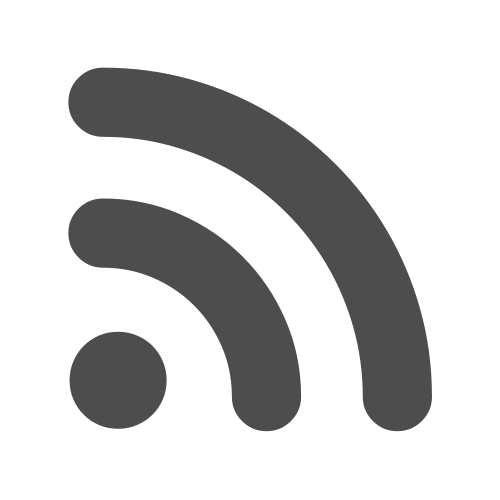I hope you all are doing well as you familiarize yourselves with the course. Thank you for your contributions to the Mattermost group introduction post. It’s been great to learn more about you, and I’m looking forward to our learning journey together.
If you haven’t already, please complete the tasks listed in the welcome post.
As you may have noticed, we have two group projects in this course. Feel free to connect with your friends and form your learning group. Reviewing the introductory posts in Mattermost can help you get to know your classmates better. Once you’ve finalized your group members, please sign up for Learning group.
This week, we will learn more about Personal Learning Networks. We will start by reflecting on what personalized learning looks like in practice, and then consider how social media is shaping the way we connect, share knowledge, and build communities of learning.
What is personalized learning?
Personalized learning moves away from the “one size fits all” model of education. Instead of every learner following the same lessons at the same pace, teachers guide learners along individual pathways shaped by their strengths, needs, and interests. Each learner has a plan that helps them progress at their own speed while still meeting academic standards. In personalized learning, learners and teachers work together to set meaningful goals, giving learners a sense of ownership over their progress. Teachers ensure that projects and learning plans still align with academic standards and that students are developing the skills they need along the way.
A Personalized Learning Network (PLN) is a web of connections educators build to support their professional growth. Through PLNs, they can collaborate, share resources, and engage in conversations that spark new ideas and highlight emerging trends in education. PLNs encourage continuous learning and often challenge educators to grow beyond their comfort zones. PLNs can take many forms, such as online platforms, social media, conferences, webinars, or school-based professional learning communities.
How does social media influence education?
Social media has quickly moved from being seen as a distraction to becoming a powerful tool in education. It has reshaped how learners communicate with instructors and peers, created new opportunities for collaboration, and supported the development of digital skills.
Social media makes it easy for learners to ask questions, share resources, and discuss class topics in real time, fostering engagement and continuous learning. Social media also helps create online learning communities, where learners can form study groups, collaborate on projects, and access diverse, up-to-date resources beyond the textbook.
That said, the same platforms that enable collaboration can also be a source of distraction. The challenge is finding ways to maximize social media’s benefits for learning while minimizing its downsides.
Please consider the following questions as you review the readings.
- What does it mean to network using social media?
- How are we motivated to participate in networked publics?
- What are the risks & rewards of public communications?
Readings for week two
Personal Learning Networks: Defining and Building a PLN
What are Personal Learning Networks?
The roles of social media in education: affective, behavioral, and cognitive dimensions
Following this week’s discussion, there is one video that enhances our understanding of the subject:
How To Build Your PLN (Professional Learning Network)
Blog Post #1
For your first blog post I would like you to reflect on our first week’s readings and begin building your voice in a networked learning environment.
Write a blog post (approximately 300–500 words) that responds to one (or more) of the prompts below. Your post should draw connections to our course themes and bring in your own perspectives or experiences.
Prompts (choose one or more):
- How do you define personalized learning? Share an example of how your own learning has (or hasn’t) been personalized.
- Reflect on a time when social media supported your learning. What worked well, and what challenges came with it?
- What does it mean to network using social media in an educational or professional context? How might building a Personal Learning Network (PLN) benefit you?
- What motivates you to participate (or not) in networked publics? How do you balance personal and professional presence online?
- What is one potential risk and one potential reward of public communication online? How can learners and educators manage these risks?
To do list for week two
If you have not already, please complete the following tasks:
- Sign up for a Mattermost account using the link on the social space page.
- Create your Blog following the instructions on this page
- Once you’ve created your blog, please share the link to your blog URL here.
Please feel free to contact me if you have any questions. Mattermost is the quickest way!



Leave a Reply